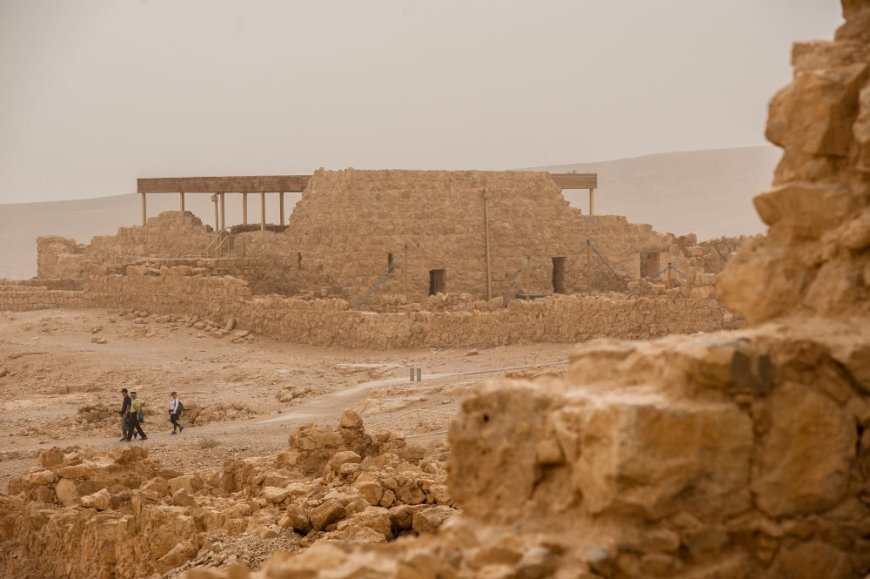Unveiling the Mysteries of Ancient Egypt: Secrets of the Pyramids and Pharaohs
Discover the secrets of ancient Egypt, from the grandeur of the pyramids to the reigns of divine pharaohs. This blog unveils the construction marvels of the Great Pyramid of Giza, the cultural significance of the Nile, and the fascinating stories of rulers like Hatshepsut and King Tut. Dive into Egypt’s intricate belief systems and unresolved mysteries, offering a glimpse into a civilisation that shaped history and continues to inspire wonder.

Deciphering Ancient Egypt:
Pyramids and Pharaohs Ancient Egypt relied on the Nile River for fertile soil, transportation, and water in an arid region. This river supported agriculture and the civilization's religious and cultural character. It was believed that the gods organized the annual Nile flood to support the monarchy. The Nile's richness and stability allowed Egypt to fund huge architectural projects like the pyramids.
The Nile: Lifeblood of a Civilization
Ancient Egypt relied on the Nile River for fertile soil, transportation, and water in an arid region. This river supported agriculture and the civilization's religious and cultural character. It was believed that the gods organized the annual Nile flood to support the monarchy. The Nile's richness and stability allowed Egypt to fund huge architectural projects like the pyramids.
The Pyramids: Architectural Masterpieces
Egypt's pyramids, especially the Great Pyramid of Giza, represent ancient civilization.Pharaohs believed they would rule as gods in the afterlife, therefore they erected these huge tombs.
Construction Secrets of the Pyramids
Historians, archaeologists, and engineers discuss pyramid construction. The size of these temples has prompted several speculations regarding ancient Egyptian tactics.
One popular explanation holds that ramps, sledges, and men were used to quarry, transport, and arrange enormous limestone pieces. Skilled and seasonal workers likely served the gods and pharaoh.
Levers, hardwood rollers, and oiled sledges may have made moving the blocks easier, while observation and astronomy assured exact alignment with celestial bodies.The Great Pyramid of Giza's near-perfect compass alignment shows Egypt's arithmetic and astronomy skills.
Pyramid archetype
In addition to burial places, the pyramids symbolized the pharaoh's charmed dominion and eternal life. To signify the sun's beams connecting earth and heaven, they pointed skyward. The structure's rooms depicted the pharaoh's fall and unification with the gods in hieroglyphics and art.
Divine Rulers: Pharaohs
Egyptian pharaohs were Earthly gods. They oversaw religion, military command, and cosmic order, or ma'at, along with administration. Monuments and legends reflect their reigns' magnificence.
The Reign of Pharaoh Khufu
Khufu (Cheops) designed the Great Pyramid of Giza. Despite little known about his reign, his architecture says volumes. The Great Pyramid, built in 2560 BCE, showed the pharaoh's authority and people's togetherness.
Hatshepsut: Egypt’s Female Pharaoh
Hatshepsut defied society and became pharaoh in the 15th century BCE for nearly two decades. Peace, economic growth, and big building projects characterized her reign. Her vision and guidance created the stunning mortuary temple at Deir el-Bahari.
Tutankhamun: The Boy King
Young Tutankhamun, King Tut, ruled briefly. His legacy is Howard Carter's 1922 discovery of his remarkably undamaged tomb. The golden mask and other riches have illuminated ancient Egyptian art, culture, and burial traditions.
Religion and the Afterlife
Ancient Egypt's complex religious system, centered on a pantheon of gods and an afterlife, was mysterious. To ensure peace and prosperity, the pharaohs mediated between the gods and the people.
The Role of the Pharaoh in Religion
The pharaoh was the earthly form of Horus, the falcon-headed god, and with Osiris, the afterlife god, after death. Their divinity justified their power and burial riches.
The Journey to the Afterlife
Egyptians believed death was a journey to another world. The dead were buried with goods, food, and Book of the Dead spells for safe departure. Mummification, which kept the body forever, was crucial to this voyage.
Unsolved Mysteries
Ancient Egypt still baffles scientists after centuries of study. Some of the longest mysteries are:
-
How Were the Pyramids Built?
While theories abound, the exact methods and tools used in pyramid construction remain speculative.
-
The Curse of the Pharaohs
Legends of a curse surrounding the tomb of Tutankhamun have fueled fascination and fear, though skeptics attribute these tales to coincidence and sensationalism.
-
The Hidden Chambers of the Great Pyramid
Recent advancements in scanning technology have revealed voids and chambers within the Great Pyramid, raising questions about their purpose and contents.
-
The Disappearance of Nefertiti
The whereabouts of Queen Nefertiti’s tomb remain a mystery, sparking debates about her role and influence during her lifetime.
Ancient Egyptian Legacy
Ancient Egypt influences today. Its government, architecture, and medicine innovations affected future civilizations. Egyptian culture has captivated artists, authors, and filmmakers, cementing its popular image.
Pharaohs and pyramids represent human desire and resourcefulness. They recall a time when art, science, and religion created lasting wonders.







